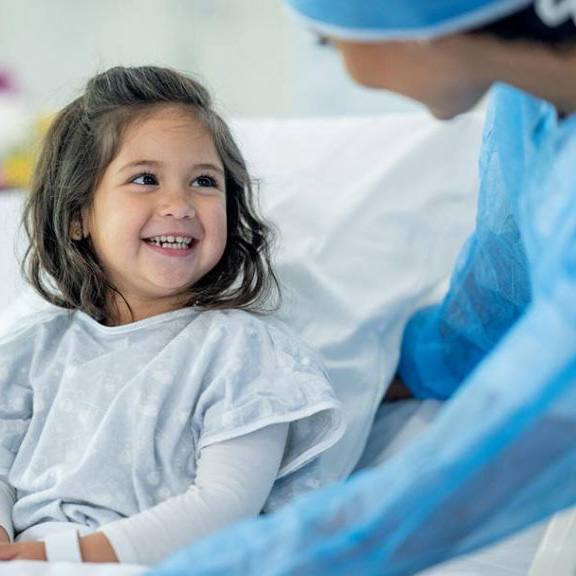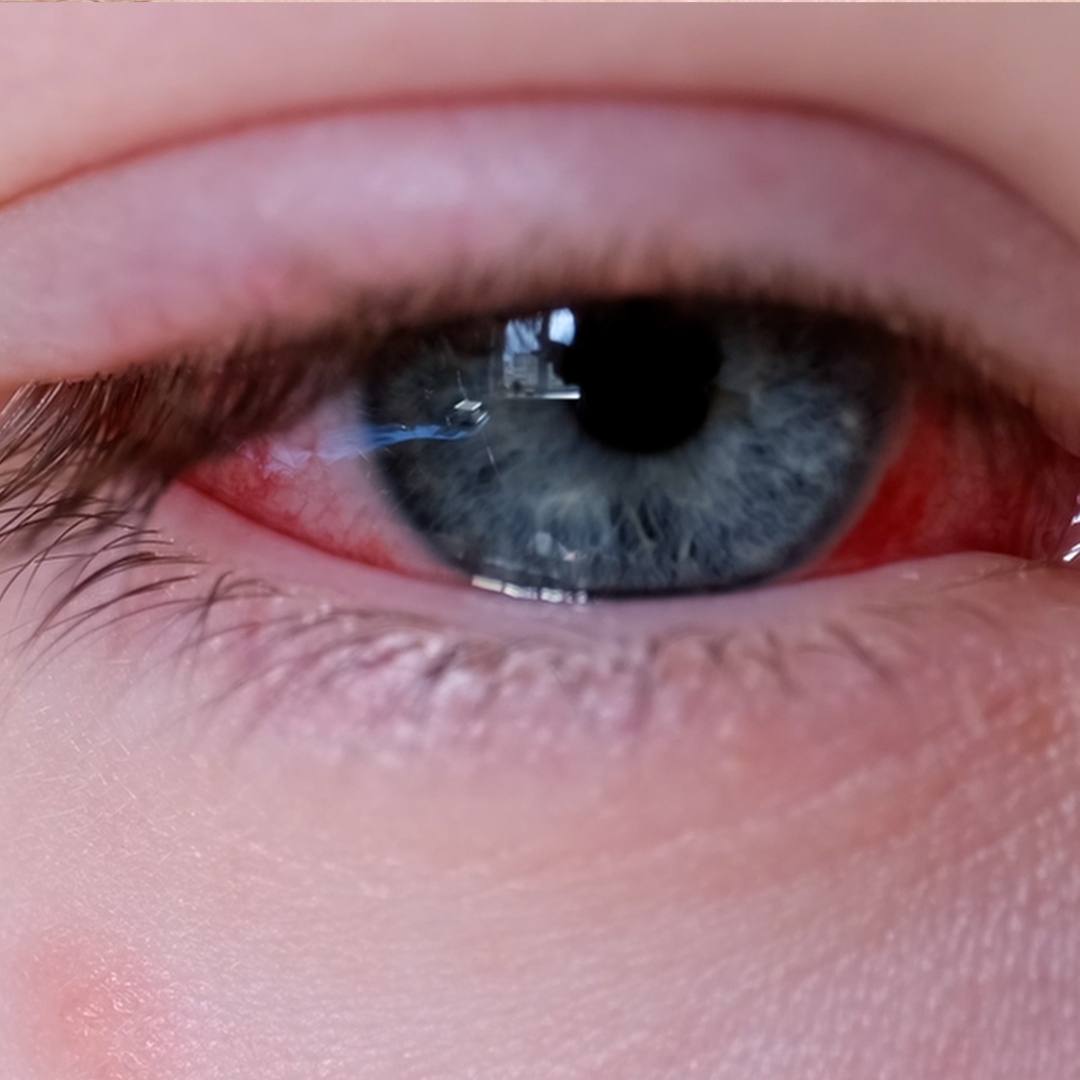-
Health & Wellness
Tuesday Q & A: Child with glasses should have regular eye exams to keep prescription up to date
DEAR MAYO CLINIC: My 11-year-old began wearing glasses for nearsightedness when he was 7. Since then his prescription has gotten steadily worse. He has needed new glasses about every eight to ten months. His optometrist says this is not uncommon. But I’m worried. Is there an age a child’s eyesight typically stops changing? Should we take our son to see an ophthalmologist for a more thorough assessment?
ANSWER: From your description, your son’s changing eyesight sounds like it is within the normal range for a child his age. Unless he has other symptoms or other health problems that could be affecting his eyesight, it is unlikely that he needs a consultation with an ophthalmologist at this time.
Nearsightedness, or myopia, is a vision condition in which you can see objects that are near to you clearly, but objects farther away are blurry. Nearsightedness happens either when the cornea — the clear front surface of your eye — is curved too much or when your eye is longer than normal. That causes light coming into your eye to be focused in front of the retina at the back of your eye, instead of directly on the retina. The result is blurry vision.
Many children develop nearsightedness during the early elementary school years, often around age 6 or 7. The condition usually continues to get worse throughout the teen years as a child grows. An increase in nearsightedness often is most rapid during early adolescence, around ages 11 to 13 years. It tends to slow and then stabilize by the late teens or early 20s.
It is very uncommon for changing eyesight to be a symptom of another underlying medical condition. Some rare genetic disorders may lead to nearsightedness. But in almost all cases, those conditions have other signs and symptoms that would accompany the vision changes.
Nearsightedness typically does not lead to other eye conditions, nor does it raise a child’s risk for additional eye problems except in rare situations.
Fortunately, nearsightedness can be effectively corrected with eyeglasses or contact lenses. To keep a child’s prescription up to date, it is important to have regular eye exams. This is especially true during the years when eyesight is changing quickly. Timely exams can detect vision changes promptly so the prescription can be adjusted when needed.
Nearsightedness also can be treated with laser surgery of the cornea, but that approach is not recommended for children. Recent research has suggested that using eye drops with the medication atropine may help slow the progression of nearsightedness. Practitioners in the United States are now taking a closer look at the use of atropine for myopia. At this time, however, the evidence is not clear how effective the drops are or how durable their benefit is on slowing the progression after a person stops using them.
Although your son’s situation does not sound like it is out of the ordinary, you should still consider having a more detailed conversation with his eye care provider. Talk to your son’s optometrist about your concerns. Get more information about exactly how quickly your son’s prescription is changing and where that falls within the normal range. If you have any questions, ask them.
If you still are worried or have additional concerns after that conversation, then it may be time to seek a second opinion or consider another provider for your son. An eye care professional trained and experienced in evaluating children — either an optometrist or an ophthalmologist — should be able to provide a thorough eye exam and offer clear information about a child’s eye health. — Brian Mohney, M.D., Ophthalmology, Mayo Clinic, Rochester, Minn.







